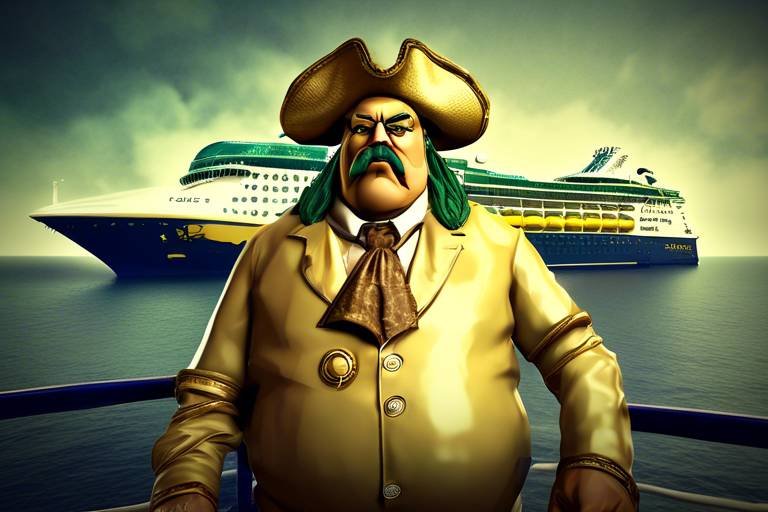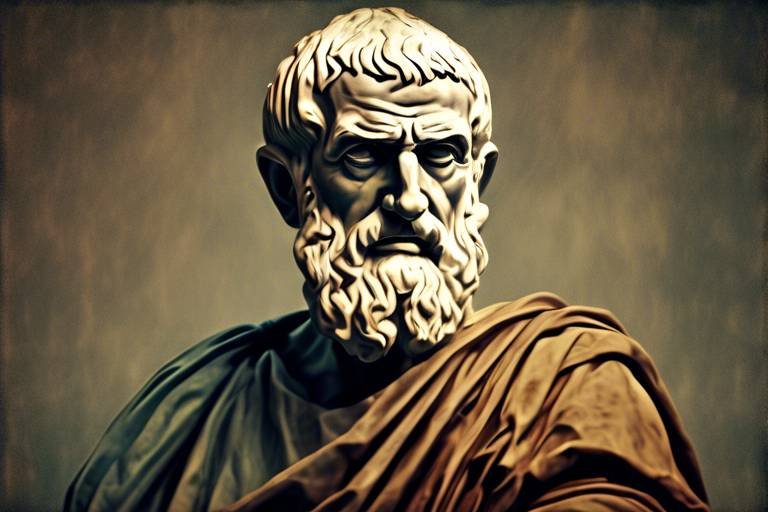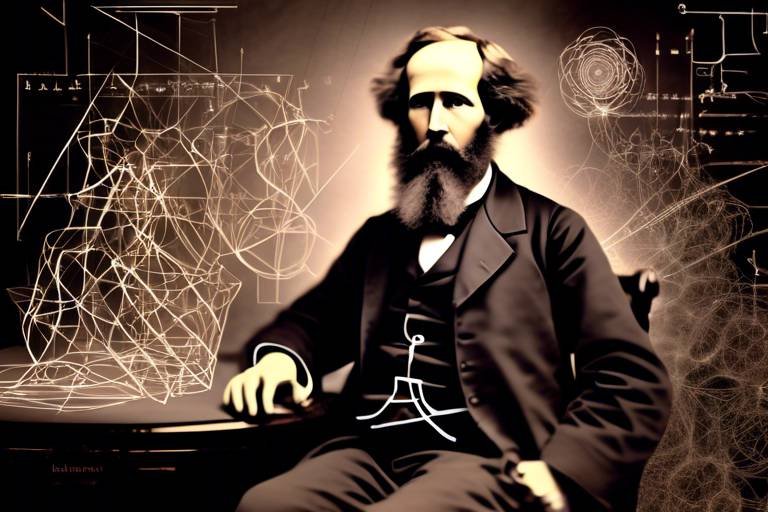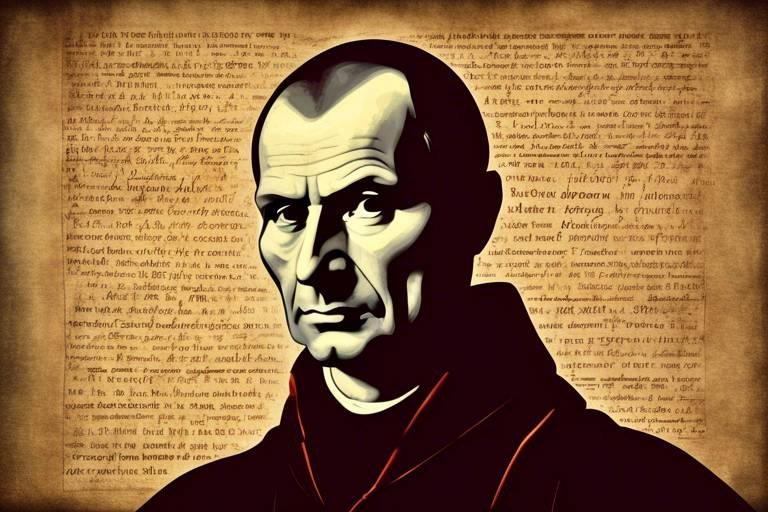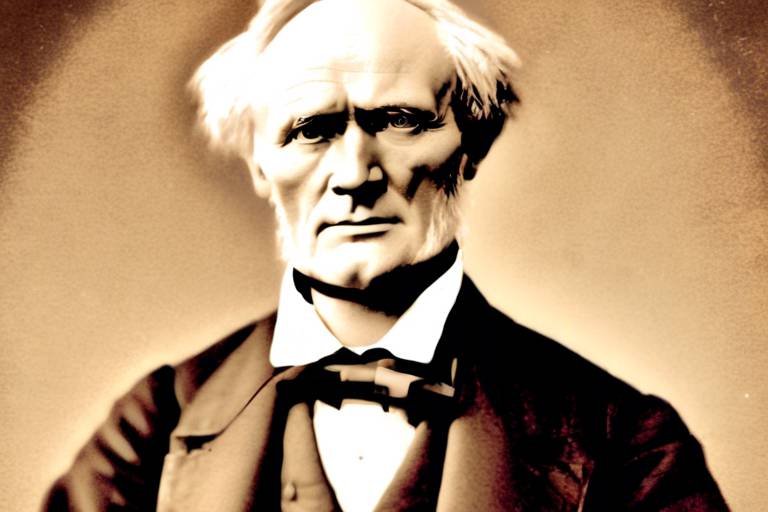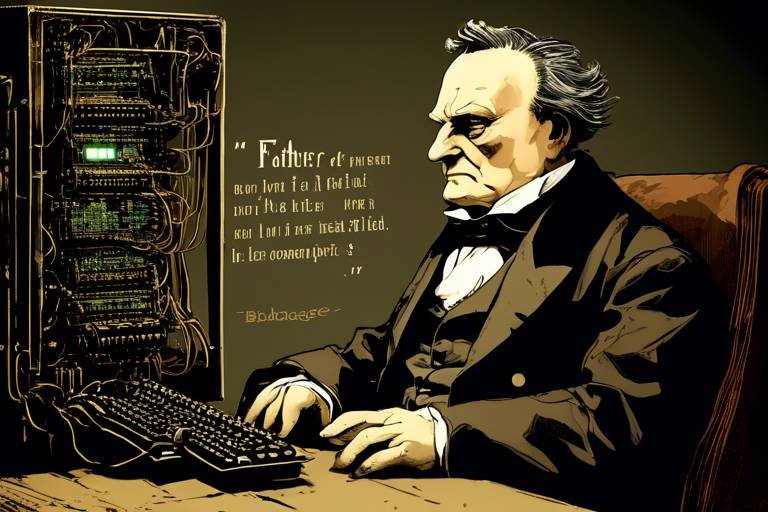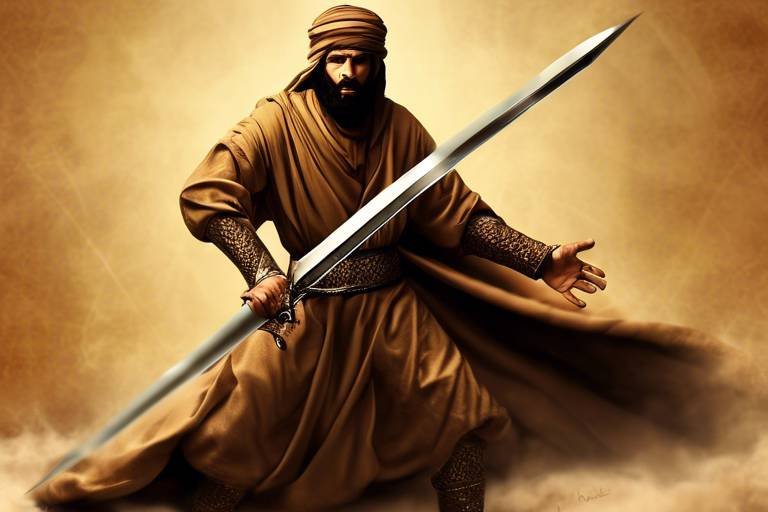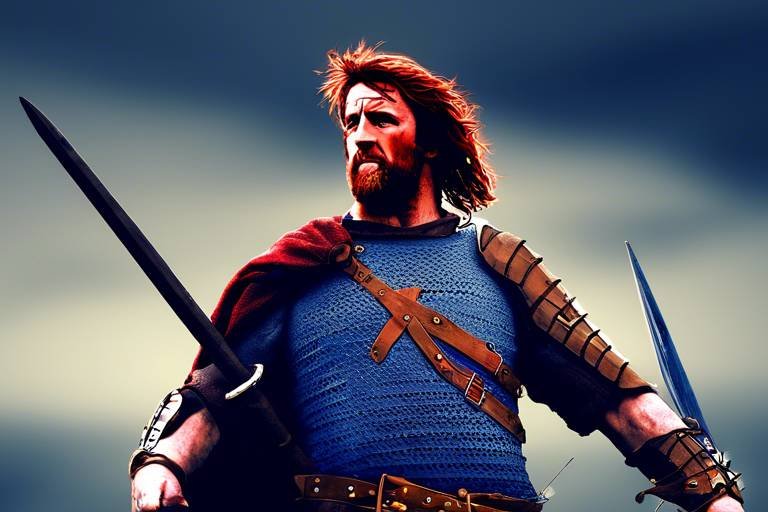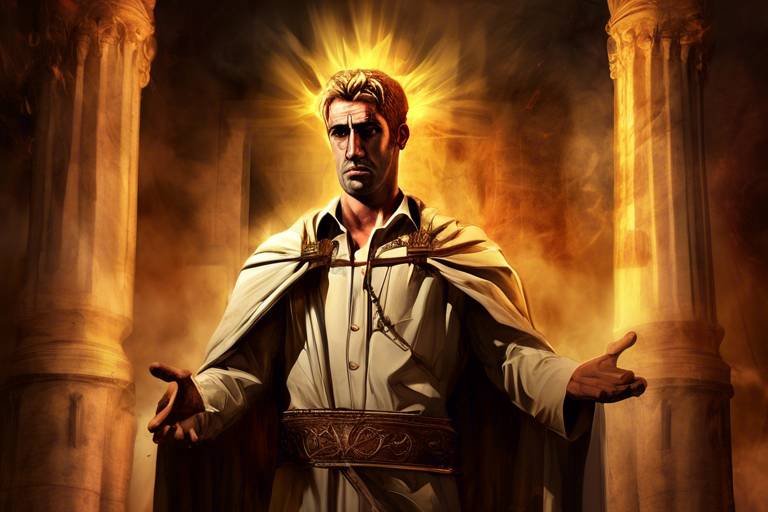Da Gama: The Navigator of the Seas
Vasco da Gama, known as the Navigator of the Seas, was a pioneering Portuguese explorer whose expeditions in the 15th century reshaped the course of history. His bold ventures across uncharted waters opened up new trade routes and connected distant lands, leaving an indelible mark on the world of exploration and commerce.
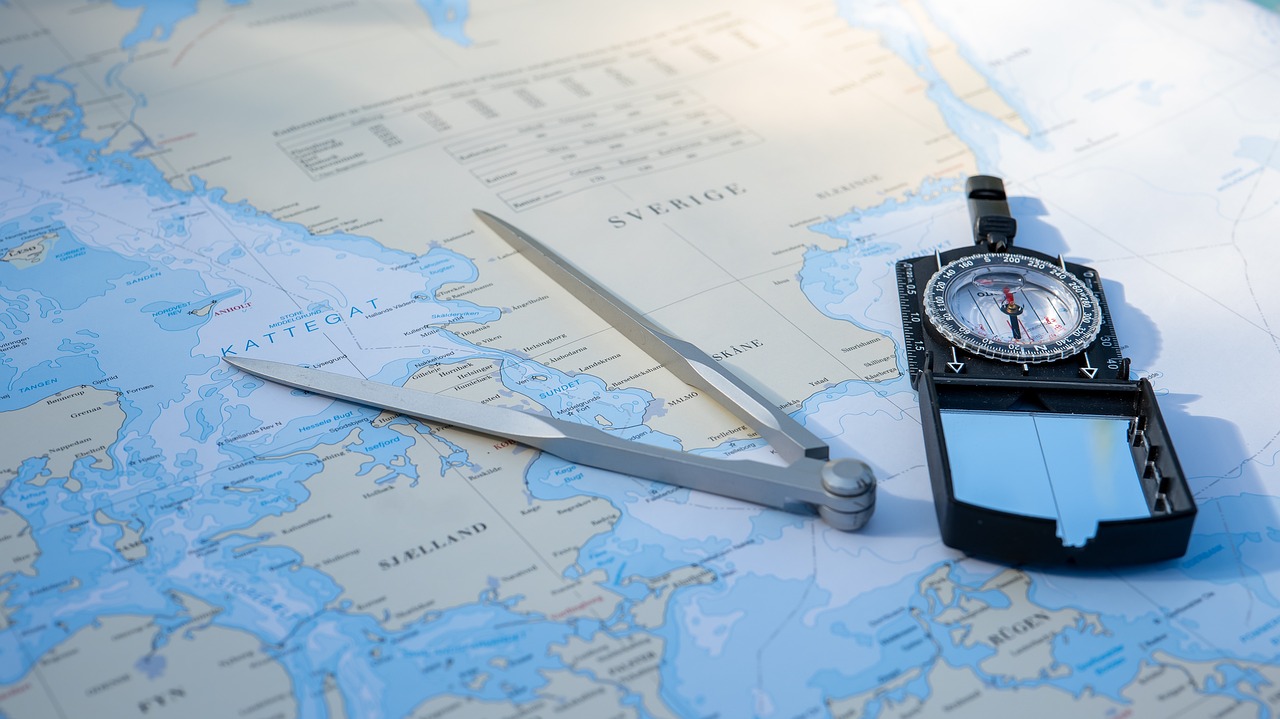
Early Life and Background
Exploring the early life and background of Vasco da Gama sheds light on the influences that shaped his remarkable journey as a navigator and explorer. Born in the late 1460s in Sines, Portugal, Da Gama hailed from a noble family with a strong maritime tradition. Growing up in this seafaring environment, he was exposed to tales of distant lands and the allure of exploration from a young age.
Da Gama's father, Estêvão da Gama, served as a knight in the Order of Santiago, instilling in his son a sense of duty, honor, and a thirst for adventure. The family's connections to the royal court also provided Vasco with opportunities to engage with influential figures in the Portuguese maritime community, further fueling his aspirations to follow in the footsteps of renowned explorers like Bartolomeu Dias.
As a young man, Da Gama received a solid education, learning mathematics, astronomy, and navigation - essential skills for any aspiring explorer in the Age of Discovery. His studies were complemented by hands-on experience gained through voyages along the African coast, where he honed his seamanship and navigational expertise.
Despite facing financial challenges and the shadow of his father's untimely death, Da Gama remained undeterred in his pursuit of maritime glory. His determination, coupled with a deep-rooted sense of national pride and a fervent desire to expand Portugal's reach beyond the known world, propelled him towards his fateful encounter with history.
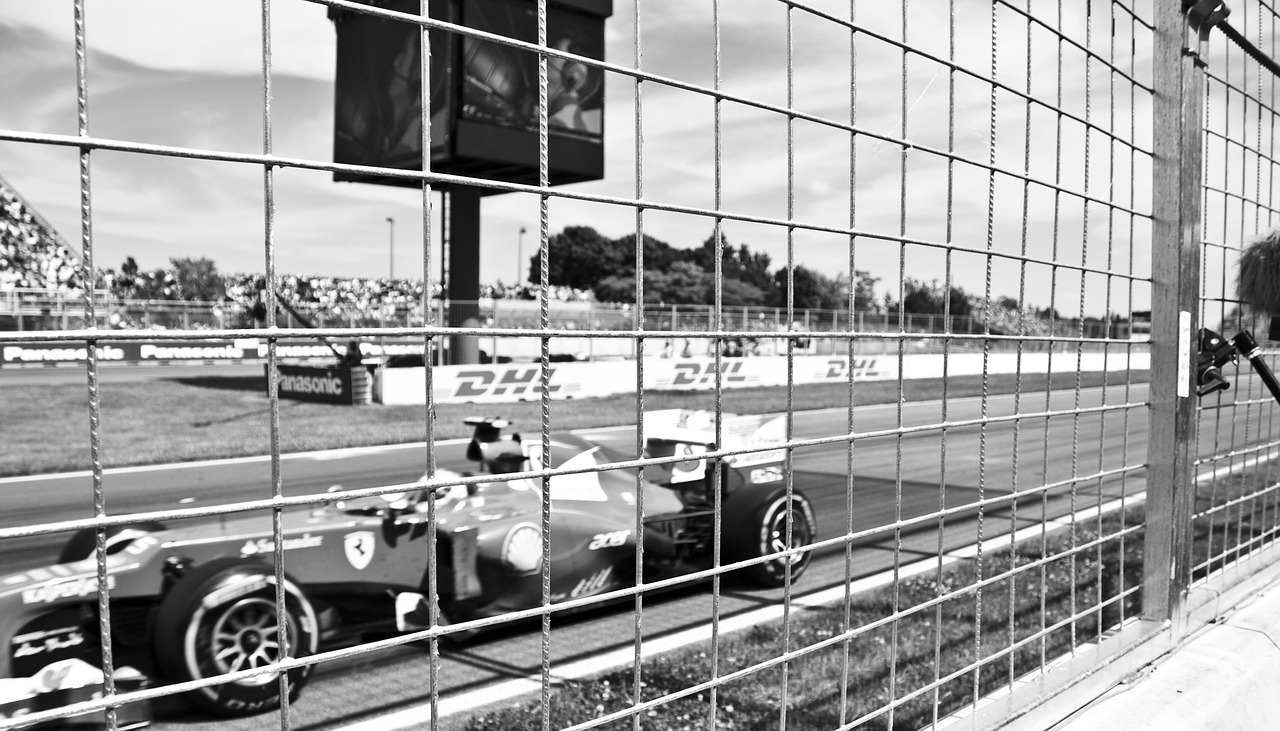
First Voyage to India
Vasco da Gama's first voyage to India marked a monumental chapter in the history of maritime exploration. Setting sail from Lisbon in 1497, Da Gama embarked on a daring journey that would forever alter the course of global trade and navigation. The expedition was not only a test of seafaring skills but also a bold statement of Portugal's ambition to establish direct trade routes with the lucrative markets of the East.
Facing the vast expanse of the Atlantic Ocean, Da Gama and his crew navigated through uncharted waters, relying on traditional celestial navigation techniques and the guidance of experienced sailors. The voyage was fraught with peril as they encountered fierce storms, treacherous currents, and the constant threat of scurvy and other diseases.
After months at sea, enduring hardships and uncertainty, Da Gama's fleet finally reached the shores of Calicut, India, in May 1498. The arrival of the Portuguese ships sparked both curiosity and apprehension among the local rulers and merchants, who were wary of the newcomers and their intentions.
Despite initial challenges and cultural differences, Da Gama managed to establish trade relations with the merchants of Calicut, securing valuable spices and goods for the return journey. The success of this first voyage not only brought wealth and prestige to Portugal but also opened up a new era of European expansion and exploration in the East.
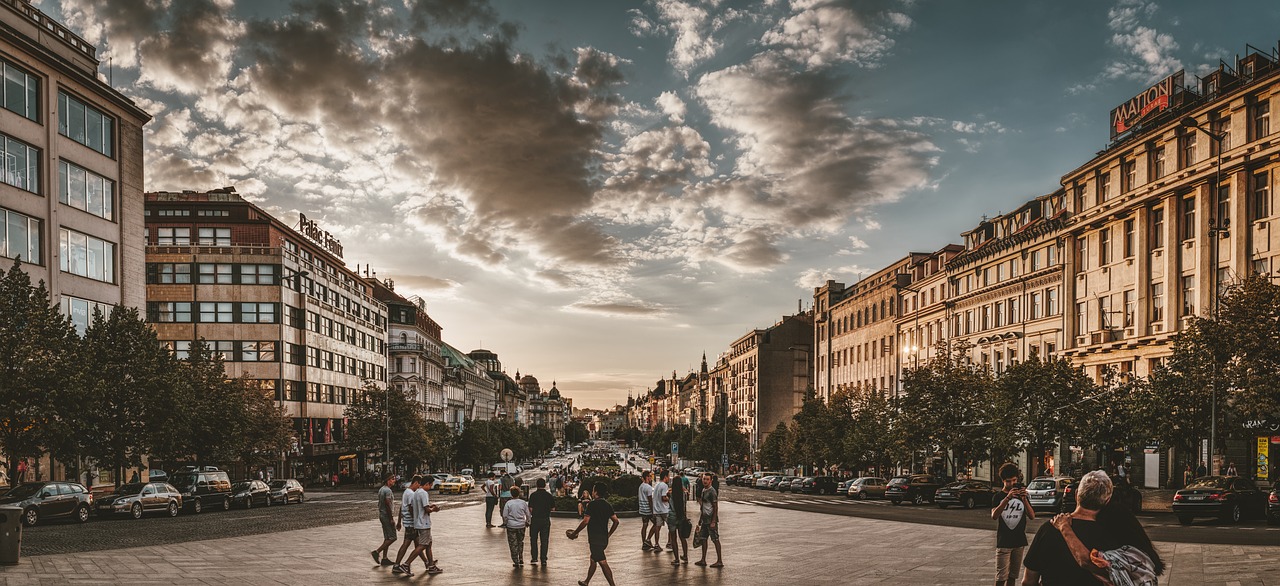
Encounters with Indigenous Peoples
During his voyages, Vasco da Gama encountered a diverse array of indigenous peoples in Africa and India, each interaction shaping his understanding of the lands he explored. The encounters were marked by a blend of curiosity, cultural differences, and occasional conflicts, reflecting the complexities of early global exploration. In Africa, Da Gama's crew faced challenges in communication and trade with local tribes, navigating through unfamiliar territories with varying degrees of cooperation and resistance.
Upon reaching the shores of India, Da Gama encountered a rich tapestry of cultures and traditions, from the bustling markets of Calicut to the serene coastal villages. The interactions with Indian merchants and rulers highlighted the significance of trade and diplomacy in establishing lasting connections between continents. Despite language barriers and differing customs, Da Gama managed to navigate the intricate social landscapes, forging alliances and securing vital resources for his expeditions.
One notable aspect of Da Gama's encounters was the exchange of goods and knowledge between European explorers and indigenous communities. The introduction of new technologies, crops, and ideas sparked a wave of cultural exchange that would shape the course of history. Through these interactions, Da Gama not only expanded his navigational prowess but also laid the groundwork for future explorers to follow in his wake.
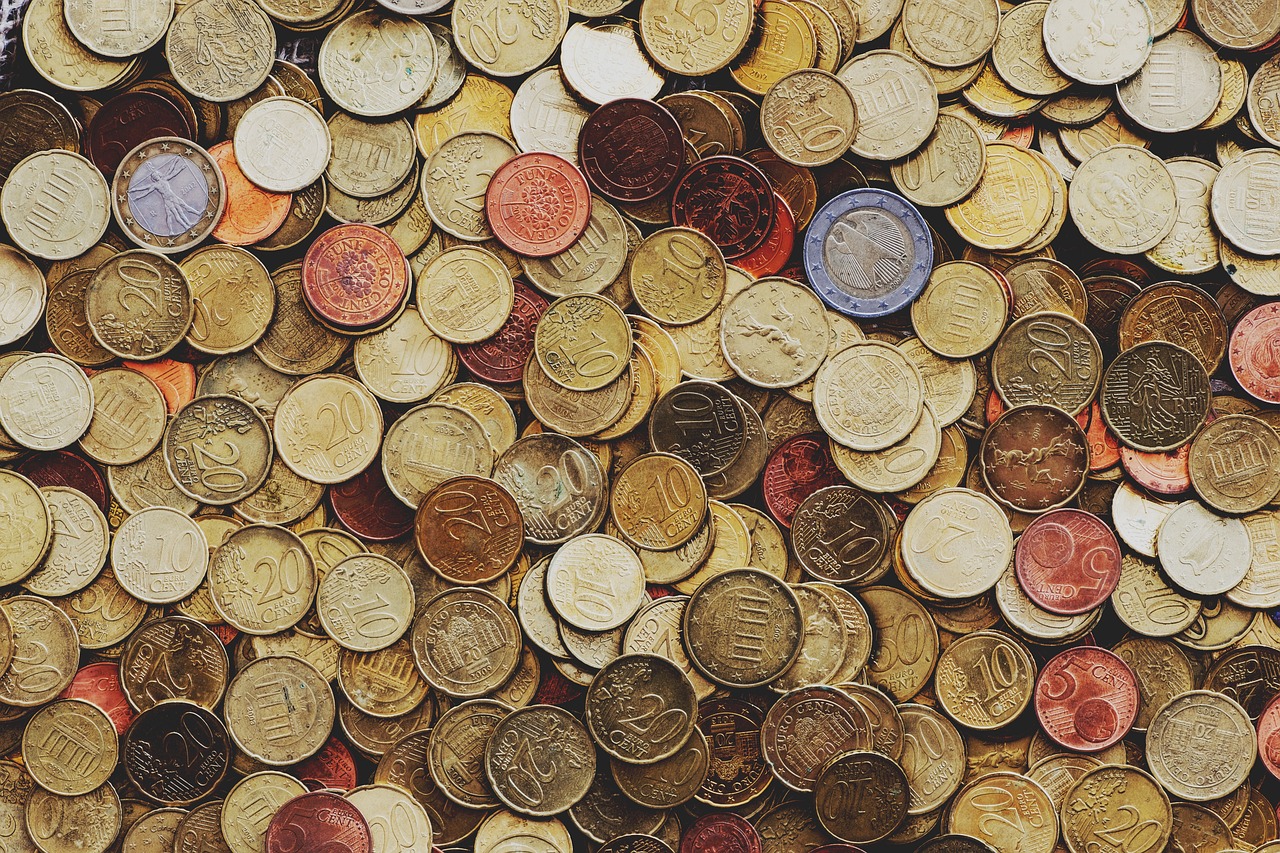
Establishment of Trade Routes
During Vasco da Gama's groundbreaking voyages, the establishment of trade routes between Europe and Asia marked a pivotal moment in global commerce. The expeditions led by Da Gama not only opened up new pathways for trade but also revolutionized the way goods and ideas flowed between continents. By navigating the treacherous seas and reaching the shores of India, Da Gama paved the way for a flourishing trade network that connected distant lands.
One of the key aspects of the establishment of these trade routes was the introduction of valuable commodities from the East to the markets of Europe. Spices, textiles, and other exotic goods became highly sought after, leading to a surge in trade activities that enriched both the European merchants and the Asian suppliers. The demand for these goods spurred further exploration and trade agreements, solidifying the foundation of the interconnected global economy.
Moreover, the establishment of trade routes by Da Gama played a significant role in cultural exchange between the East and the West. Ideas, technologies, and traditions flowed freely along these newly established routes, fostering a rich tapestry of cross-cultural interactions. The blending of diverse customs and practices contributed to the enrichment of societies on both ends of the trade routes, creating a legacy of shared knowledge and understanding.
As trade flourished along the routes pioneered by Da Gama, ports and trading posts sprung up along the coasts, serving as hubs of economic activity and cross-cultural exchange. These strategic locations not only facilitated the smooth flow of goods but also served as meeting points for people from different backgrounds, fostering a sense of interconnectedness and mutual benefit.
In essence, the establishment of trade routes by Vasco da Gama transcended mere economic transactions; it laid the foundation for a new era of global interconnectedness. The legacy of these routes continues to resonate in the modern world, shaping the dynamics of international trade and underscoring the importance of open seas and shared prosperity.
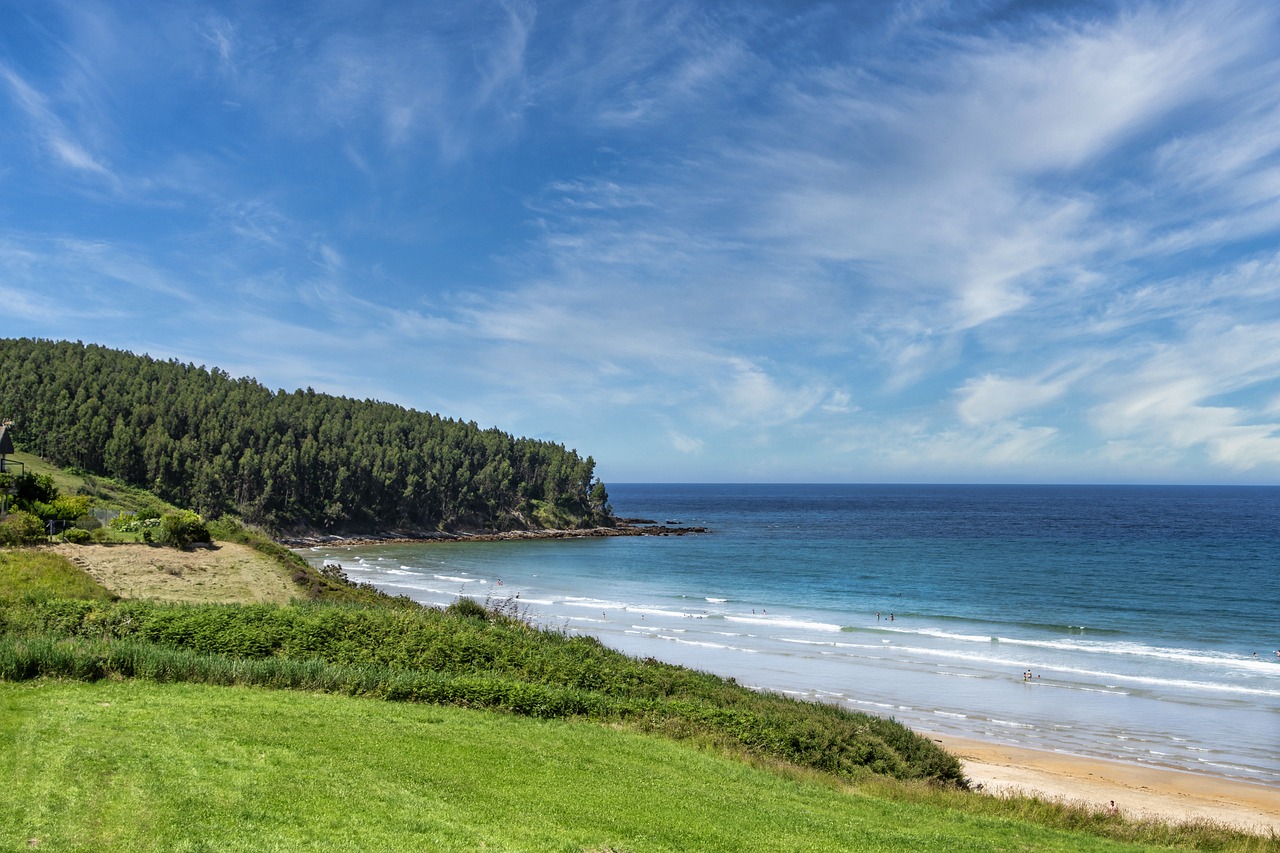
Legacy and Impact
When it comes to exploring the legacy and impact of Vasco da Gama, one cannot overlook the profound influence he had on shaping the course of history. Da Gama's expeditions to India in the 15th century not only opened up new trade routes but also paved the way for European expansion and cultural exchange.
His daring voyages across the treacherous seas of the world not only brought riches from the East to the West but also sparked a wave of exploration and discovery that would define the Age of Exploration. Da Gama's legacy as a navigator of the seas remains unmatched, with his name etched in the annals of maritime history.
One of the key impacts of Da Gama's voyages was the establishment of lucrative trade routes between Europe and Asia. The spices, silks, and other exotic goods that he brought back from India transformed global commerce and ushered in a new era of prosperity and exchange.
Moreover, Da Gama's expeditions played a crucial role in shaping the geopolitical landscape of the time. European powers vied for control of the lucrative trade routes that he had discovered, leading to the rise of colonial empires and the spread of European influence across the globe.
Da Gama's navigation techniques were revolutionary for their time, utilizing the stars, compasses, and astrolabes to chart a course through uncharted waters. His mastery of these tools enabled him to navigate the seas with precision and confidence, despite the dangers that lurked beneath the surface.
However, Da Gama's expeditions were not without controversy. The treatment of indigenous peoples during his voyages has been a subject of criticism, with accusations of exploitation and brutality tarnishing his reputation. The consequences of European colonization that followed in the wake of his explorations continue to be felt to this day.
Despite the controversies surrounding his legacy, Vasco da Gama remains a towering figure in the history of maritime exploration. Memorials, monuments, and commemorations dedicated to him around the world serve as a testament to his enduring impact on the world's oceans and the course of human history.
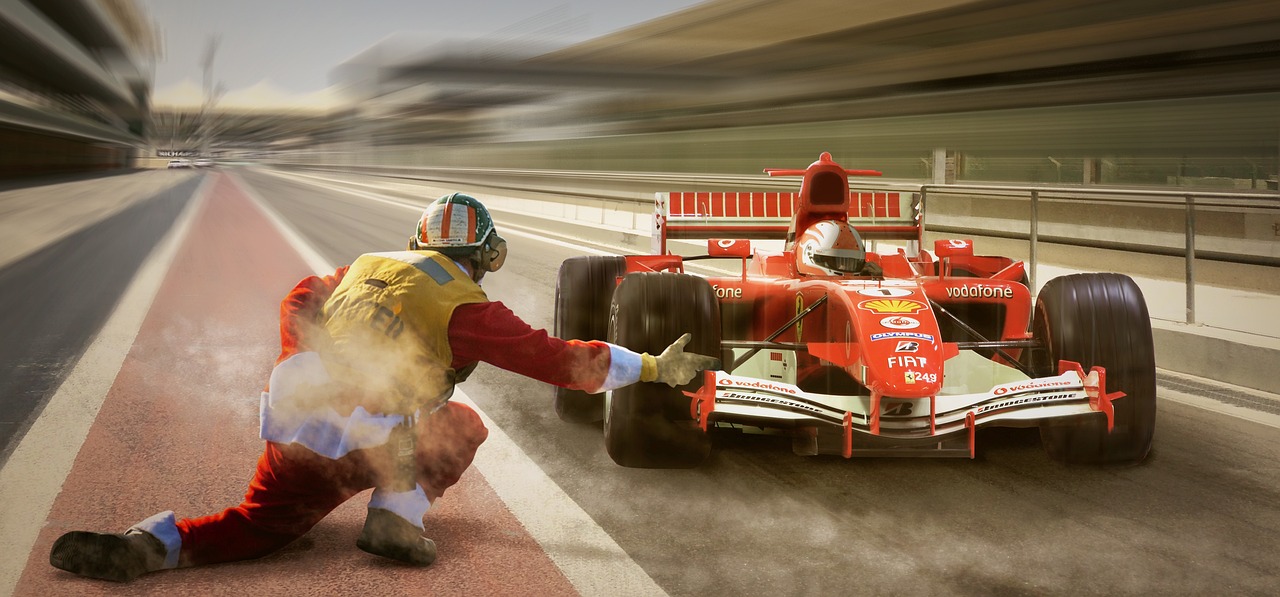
Navigation Techniques
Vasco da Gama, known as the Navigator of the Seas, employed a variety of during his groundbreaking expeditions. In the 15th century, navigating the vast and often treacherous oceans required a deep understanding of the stars, compass readings, and the use of rudimentary maps.
Da Gama and his crew relied heavily on celestial navigation, using the position of the stars to determine their location at sea. By studying the night sky and identifying key constellations, they could chart their course and stay on track, even when out of sight of land.
In addition to celestial navigation, Da Gama utilized the compass as a crucial tool for determining direction. The magnetic compass, a relatively new invention at the time, provided valuable guidance when the stars were obscured by clouds or inclement weather.
Furthermore, Da Gama's expeditions were supported by skilled cartographers who meticulously mapped coastlines, islands, and other landmarks. These early maps, though rudimentary by today's standards, were essential for plotting courses and avoiding dangerous shoals and reefs.
During long stretches at sea, Da Gama's crew also used dead reckoning, a method that involved estimating their position based on their last known location, speed, and direction traveled. While not as precise as celestial navigation, dead reckoning provided a valuable backup when other methods were unavailable.
Overall, Vasco da Gama's were a blend of traditional seafaring knowledge, innovative tools like the compass, and the bravery to venture into uncharted waters. His mastery of these techniques paved the way for future explorers and helped shape the course of maritime history.
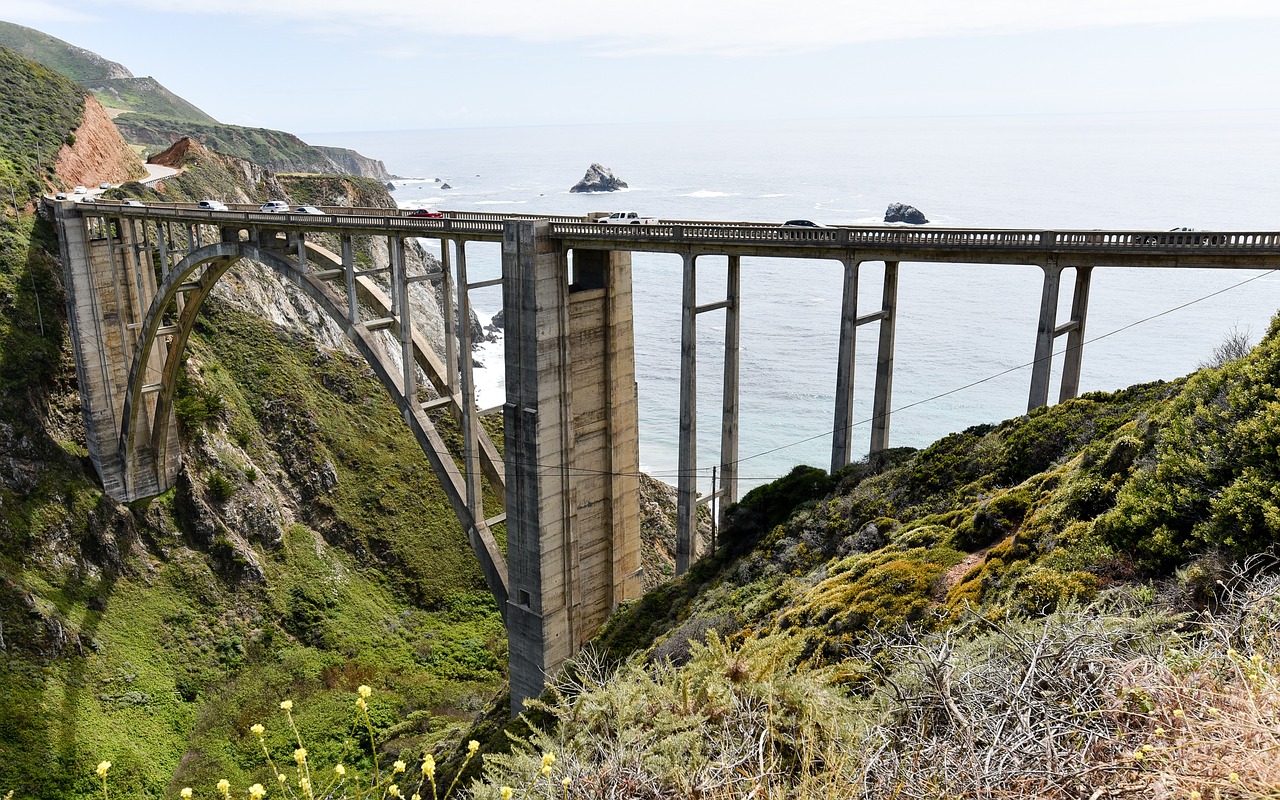
Historical Controversies
When delving into the historical controversies surrounding Vasco da Gama, one cannot ignore the criticisms and debates that have emerged over the centuries regarding his expeditions. One of the primary controversies revolves around Da Gama's interactions with the indigenous peoples he encountered during his voyages. Critics argue that his treatment of these populations was often harsh and exploitative, leading to significant negative consequences for the local communities.
Furthermore, Da Gama's role in the larger context of European colonization has also sparked controversy. Some historians argue that his expeditions paved the way for aggressive European expansion into new territories, ultimately leading to the exploitation and subjugation of indigenous populations. The consequences of this colonization are still felt today, with ongoing debates about the long-term impact of European imperialism.
Another contentious issue is the question of Da Gama's motives and intentions. While he is celebrated for his navigational achievements and the establishment of trade routes, some critics question the underlying motivations behind his expeditions. Was Da Gama driven solely by a thirst for discovery and adventure, or were there more complex geopolitical and economic interests at play?
Overall, the historical controversies surrounding Vasco da Gama serve as a reminder of the complex legacy of European exploration and colonialism. By critically examining the actions and impact of figures like Da Gama, we can gain a deeper understanding of the interconnected histories that have shaped our modern world.
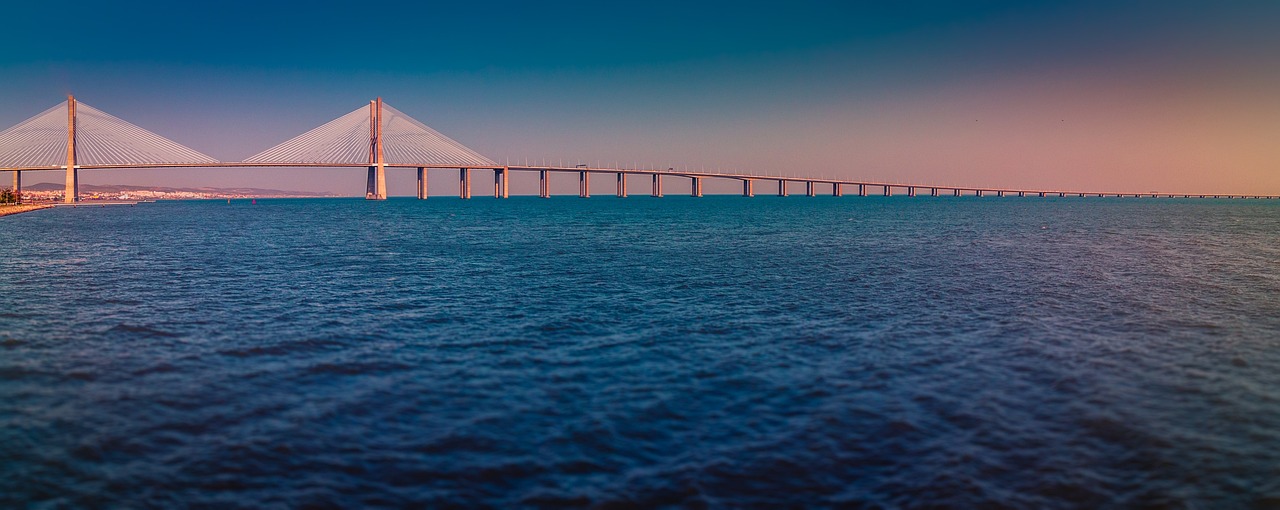
Memorials and Commemorations
Memorials and commemorations dedicated to Vasco da Gama are scattered across the globe, serving as enduring tributes to his pioneering spirit and contributions to maritime exploration. One of the most notable memorials is the Monument to the Discoveries in Lisbon, Portugal. This impressive structure stands tall along the Tagus River, featuring larger-than-life sculptures of Da Gama and other prominent figures of the Age of Discovery.
Additionally, in the city of Calicut, India, where Da Gama first arrived in 1498, a monument commemorates his historic landing. The site serves as a reminder of the significant role he played in establishing direct sea trade between Europe and Asia.
Various museums around the world also pay homage to Da Gama's legacy. The Maritime Museum in Goa, India, showcases artifacts from his voyages and provides insights into the maritime history of the region during the Age of Exploration.
Furthermore, Portugal has named numerous streets, squares, and even schools after Vasco da Gama, underscoring his enduring influence on Portuguese culture and history. These local commemorations serve as constant reminders of his remarkable achievements and the impact he had on shaping the course of history.
Frequently Asked Questions
- Who was Vasco da Gama?
Vasco da Gama was a renowned Portuguese explorer who played a crucial role in opening the sea route to India in the 15th century. He is known for his historic voyages that connected Europe to Asia through the seas.
- What were the major accomplishments of Vasco da Gama?
Da Gama's major accomplishments include being the first European to reach India by sea, establishing lucrative trade routes between Europe and Asia, and significantly impacting global commerce and cultural exchange.
- What challenges did Vasco da Gama face during his voyages?
Da Gama faced numerous challenges during his voyages, including treacherous seas, hostile encounters with indigenous peoples, navigational difficulties, and the harsh conditions of long sea journeys.
- How did Vasco da Gama's expeditions impact European expansion?
Da Gama's expeditions played a key role in European expansion by opening up new trade routes, leading to increased wealth and power for European nations, and paving the way for further exploration and colonization of distant lands.
- What is the legacy of Vasco da Gama?
Vasco da Gama left a lasting legacy in the history of maritime exploration, trade, and cultural exchange. His voyages reshaped global commerce, influenced European expansion, and sparked a new era of exploration and discovery.

